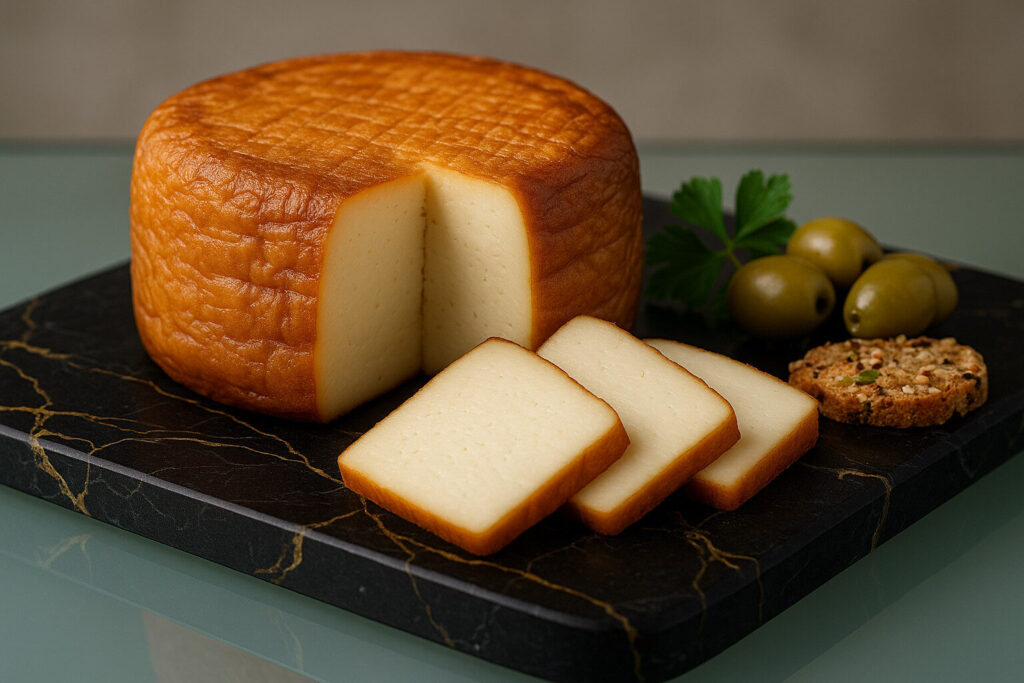Cheese From N’Dama Cattle Milk
Definition and Scope
N’Dama cattle milk originates from the N’Dama breed, a West African taurine cattle known for trypanotolerance. This milk is primarily utilized in artisanal cheesemaking across Guinea, Mali, and Senegal. Its unique composition contributes to distinct regional dairy products.
The milk’s high solids content and specific fat profile differentiate it from European breed milks. It supports traditional fermentation methods without refrigeration in tropical climates. N’Dama milk represents an important genetic resource for sustainable dairy production in sub-Saharan Africa.
Production Characteristics
N’Dama cattle produce milk with smaller fat globules and higher protein concentration than commercial dairy breeds. Daily yields range from 1-3 liters per animal under traditional management systems. The milk maintains stability in high-temperature environments due to its genetic adaptation.
Traditional processing involves spontaneous fermentation in calabash containers over 24-48 hours. This method develops characteristic acidity without commercial starter cultures. The resulting curd forms the basis for various West African fresh cheeses.
Sensory Profile
N’Dama milk exhibits a pronounced creamy texture with slightly gamey undertones. Its flavor profile includes distinct grassy notes from natural forage diets. The milk typically shows higher butterfat content than commercial Holstein milk.
Fermented N’Dama milk develops tangy, yogurt-like characteristics with earthy complexity. Cheeses made from this milk often present firm, crumbly textures when aged. The final products carry subtle smoky notes from traditional preservation techniques.
Culinary Applications
Traditional West African cuisine uses N’Dama milk primarily for fresh, unripened cheeses. These products commonly accompany millet or sorghum dishes as protein supplements. The milk’s high acidity makes it suitable for spontaneous cheese fermentation.
Modern applications include incorporation into hybrid cheese styles combining European techniques. The milk’s distinct flavor profile adds complexity to blended-milk cheeses. Artisans value it for creating unique terroir-driven products.
Regional Specialties
Guinea’s Fouta Djallon region produces “Fromage Peul” using traditional N’Dama milk processing. This fresh cheese undergoes natural fermentation in woven baskets. It represents a staple protein source in rural communities.
Senegal’s Casamance region developed “Kossam” through extended fermentation of N’Dama milk. This dense, tangy cheese incorporates local herb coatings for preservation. Both varieties demonstrate successful adaptation to tropical cheesemaking constraints.

